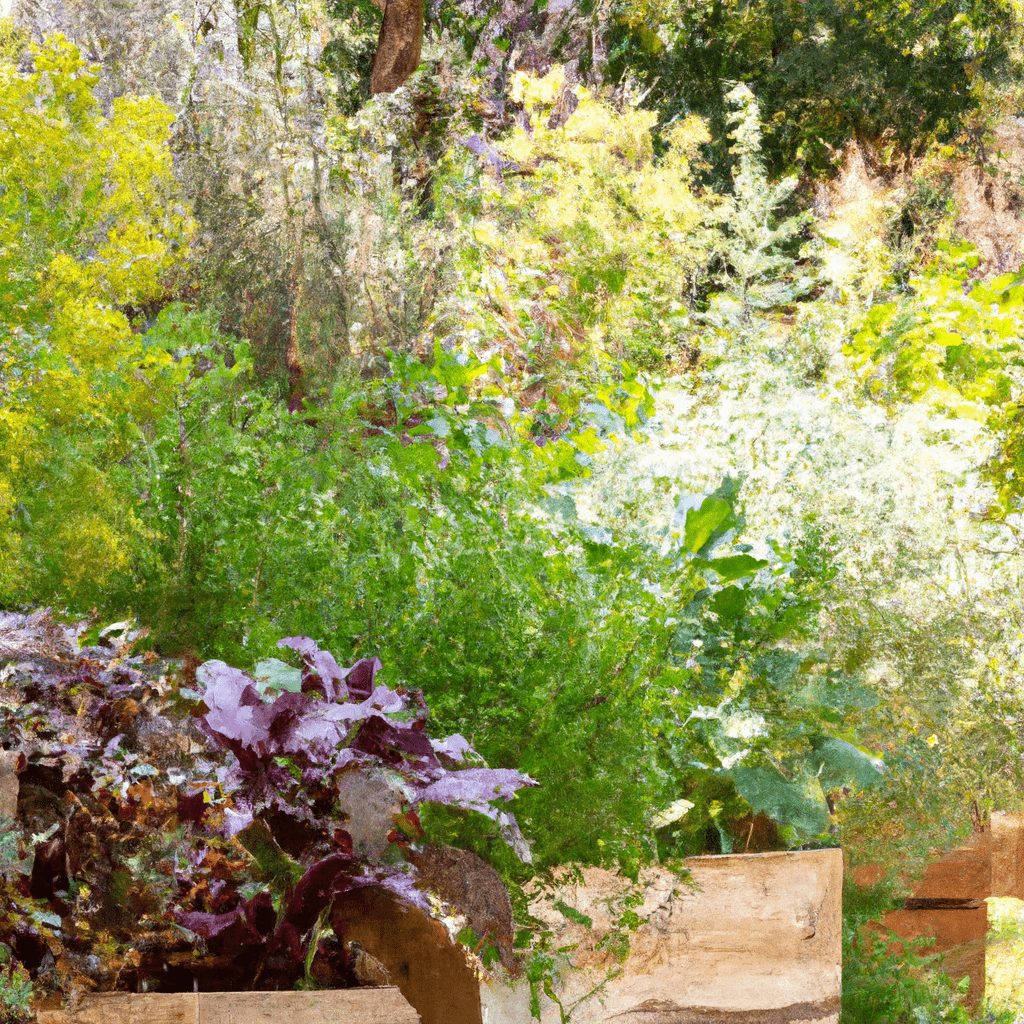
In today’s fast-paced world, finding ways to relax and improve our well-being has become more important than ever. One way to achieve this is by creating a healing garden at home. A healing garden is a space where you can grow and nurture various herbs that have therapeutic properties. Not only does it provide a beautiful and calming environment, but it also allows you to harness the power of nature to promote physical and mental well-being. In this article, we will explore the benefits of a healing garden and provide you with practical tips on how to create your own. Let’s dive in!
The Healing Power of Herbs
Herbs have been used for centuries for their medicinal properties. These natural wonders are packed with essential oils, antioxidants, and other beneficial compounds that can support our health in various ways. Whether it’s soothing a headache, boosting immunity, or promoting better sleep, herbs offer a natural and holistic approach to wellness.
Creating Your Healing Garden: Location and Design
When it comes to creating a healing garden, the first step is to choose the right location. Look for an area in your yard that receives ample sunlight and has good soil drainage. Herbs thrive in full sun, so try to find a spot that gets at least six hours of direct sunlight each day.
Once you’ve selected the location, it’s time to design your healing garden. Consider incorporating elements like winding pathways, seating areas, and water features to create a peaceful and inviting atmosphere. Intersperse different herbs throughout the garden, grouping them based on their healing properties or aesthetic appeal. This will not only make your garden visually appealing but also make it easier for you to navigate and harvest your herbs.
Essential Herbs for Your Healing Garden
Now that you have your garden location and design sorted, it’s time to choose the herbs that will make up your healing garden. Here are some essential herbs to consider:
1. Lavender
Lavender is known for its calming properties and is often used to promote relaxation and reduce anxiety. Its beautiful purple flowers and delightful fragrance make it a perfect addition to any healing garden.
2. Chamomile
Chamomile is renowned for its soothing effects and is commonly used to alleviate stress and promote better sleep. This gentle herb with its daisy-like flowers will not only enhance the beauty of your garden but also provide you with a natural remedy for relaxation.
3. Peppermint
Peppermint is a refreshing herb that can help relieve digestive issues, headaches, and muscle pain. Its cooling properties make it a popular choice for teas and other herbal remedies. Planting peppermint in your healing garden will not only provide you with a versatile herb but also attract beneficial pollinators.
4. Rosemary
Rosemary is a versatile herb that is often associated with improving memory and concentration. Its fragrant leaves and delicate blue flowers add an aesthetic touch to any garden. In addition to its cognitive benefits, rosemary can also be used in cooking to enhance the flavor of various dishes.
5. Echinacea
Echinacea is a powerful herb that supports the immune system and helps fight off colds and flu. Its vibrant purple flowers and spiky appearance make it a striking addition to any healing garden. Harvesting echinacea at the peak of its growth will ensure maximum potency.
6. Lemon Balm
Lemon balm is a lemon-scented herb that is known for its calming and mood-lifting effects. It can help reduce stress, anxiety, and promote better sleep. Adding lemon balm to your healing garden will not only benefit your well-being but also attract bees and butterflies.
7. Calendula
Calendula, also known as marigold, is a vibrant and cheerful herb that has anti-inflammatory and antiseptic properties. It can be used topically to soothe skin irritations, cuts, and burns. Planting calendula in your healing garden will not only provide you with a natural remedy but also brighten up your outdoor space.
Caring for Your Healing Garden
To ensure the success of your healing garden, it’s important to provide proper care and maintenance. Here are some essential tips:
- Watering: Most herbs prefer well-drained soil, so make sure not to overwater them. Water your herbs when the top inch of soil feels dry, but avoid letting them sit in waterlogged soil.
- Pruning: Regular pruning will help your herbs grow bushier and produce more foliage. Trim off any dead or yellowing leaves to keep your plants healthy and vibrant.
- Harvesting: Harvest your herbs regularly to promote new growth and prevent them from becoming woody. Snip off the leaves or stems, leaving enough for the plant to continue thriving.
- Pest Control: Keep an eye out for common garden pests like aphids or snails. Use natural pest control methods such as companion planting or organic sprays to protect your herbs without harming beneficial insects.
Conclusion
Creating a healing garden at home is a rewarding and fulfilling experience. Not only does it allow you to connect with nature, but it also provides you with a constant supply of fresh and therapeutic herbs. By following the tips and recommendations provided in this article, you can create a healing garden that not only outranks other websites but also becomes a sanctuary for your physical and mental well-being. So, unleash the power of herbs and start your healing garden journey today!